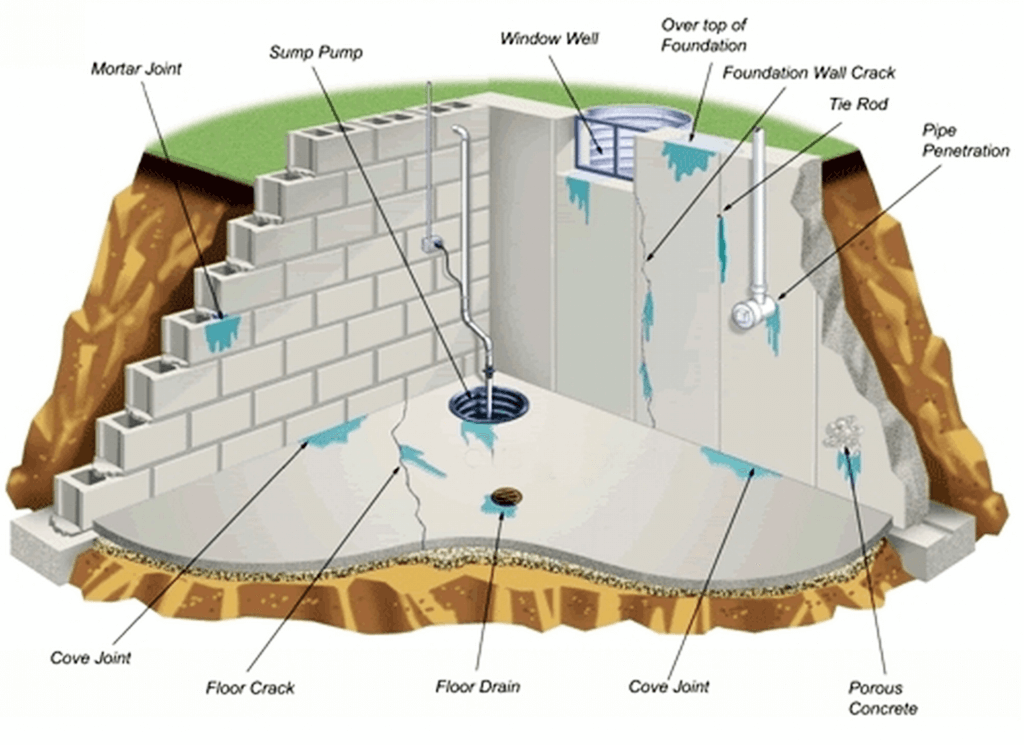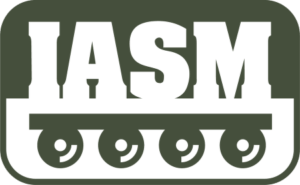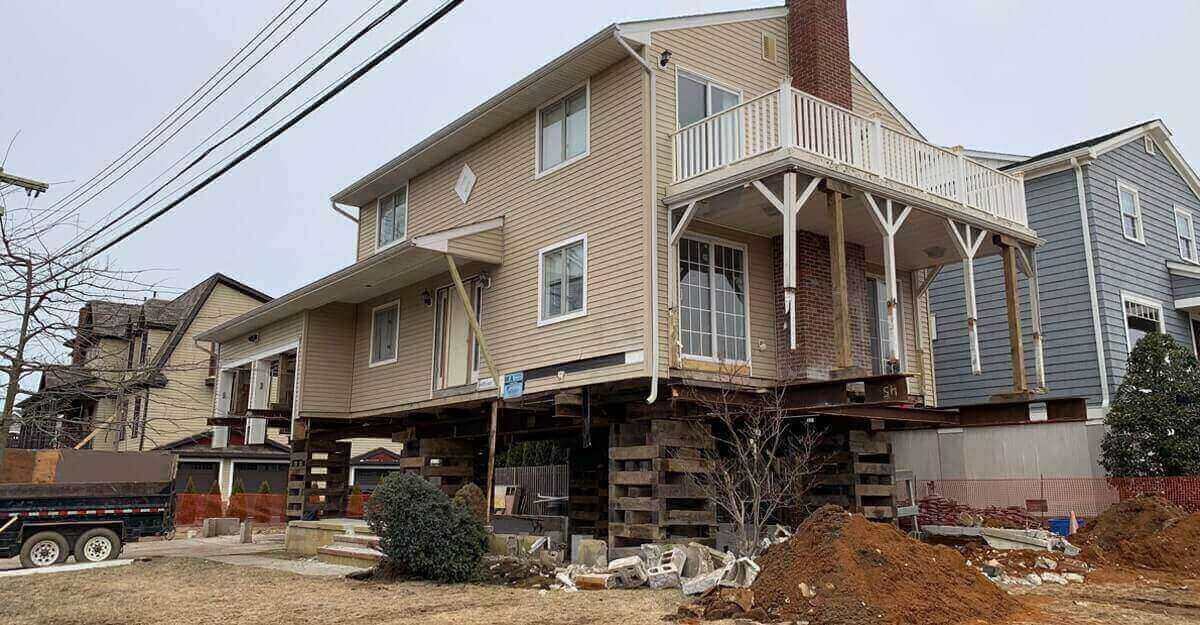Structure Waterproofing or Water-Resistant New Jersey
Waterproofing is the process of making an object or structure waterproof or water-resistant so that it remains relatively unaffected by water or resisting the ingress of water under specified conditions. Such items may be used in wet environments or underwater to specified depths.
Water resistant and waterproof often refer to penetration of water in its liquid state and possibly under pressure, whereas damp proof refers to resistance to humidity or dampness.Permeation of water vapor through a material or structure is reported as a moisture vapor transmission rate.
Waterproofing is used in reference to building structures such as basements, decks, or wet areas.
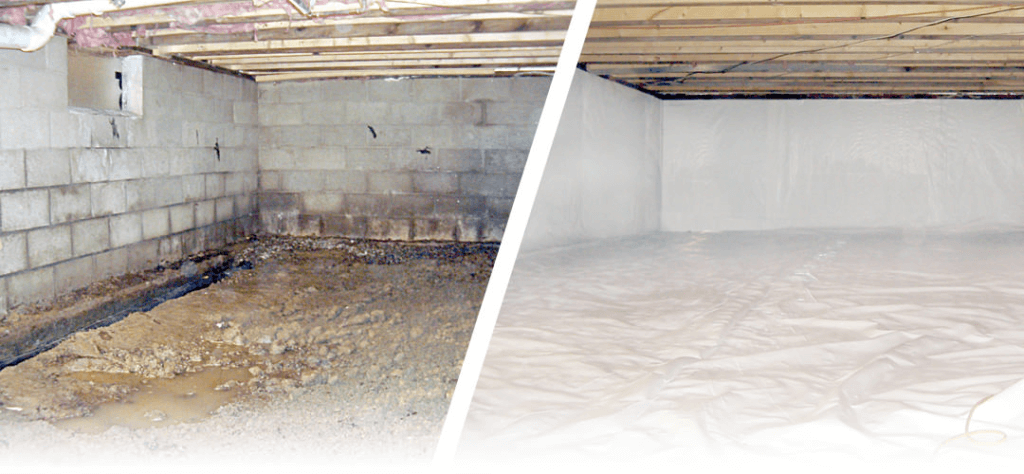 In construction, a building or structure is waterproofed with the use of membranes and coatings to protect contents, and structural integrity. The waterproofing of the building envelope in construction specifications includes roofing and waterproofing materials.
In construction, a building or structure is waterproofed with the use of membranes and coatings to protect contents, and structural integrity. The waterproofing of the building envelope in construction specifications includes roofing and waterproofing materials.
In building construction ,waterproofing is a fundamental aspect of creating a building envelope, which is a controlled environment. The roof covering materials, siding , foundations, and all of the various penetrations through these surfaces must be water-resistant and sometimes waterproof. Roofing materials are generally designed to be water-resistant and shed water from a sloping roof, but in some conditions, such as ice damaging and on flat roofs, the roofing must be waterproof. Many types of waterproof systems are available, including felt paper or tar paper with asphalt or tar to make a built-up roof.
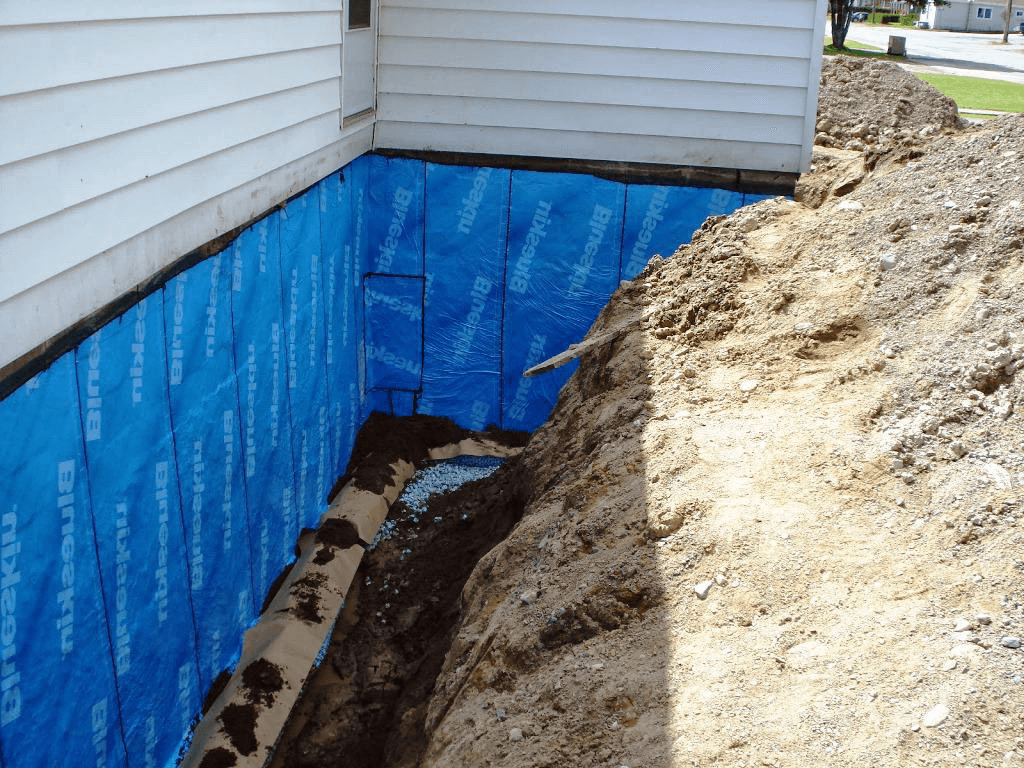 Walls are not subjected to standing water, and the water-resistant membranes used as housewraps are designed to be porous enough to let moisture escape. Walls also have vapor barriers or air barriers. Damp proofing is another aspect of waterproofing. Masonry walls are built with a damp-proof course to prevent rising damp , and the concrete in foundations needs to be damp-proofed or waterproofed with a liquid coating, basement waterproofing membrane (even under the concrete slab floor where polyethylene sheeting is commonly used), or an additive to the concrete.
Walls are not subjected to standing water, and the water-resistant membranes used as housewraps are designed to be porous enough to let moisture escape. Walls also have vapor barriers or air barriers. Damp proofing is another aspect of waterproofing. Masonry walls are built with a damp-proof course to prevent rising damp , and the concrete in foundations needs to be damp-proofed or waterproofed with a liquid coating, basement waterproofing membrane (even under the concrete slab floor where polyethylene sheeting is commonly used), or an additive to the concrete.
Within the waterproofing industry, below-ground waterproofing is generally divided into two areas:
Tanking: This is waterproofing used where the below-ground structure will be sitting in the water table continuously or periodically. This causes hydrostatic pressure on both the membrane and structure, and requires full encapsulation of the basement structure in atanking membrane, under slab and walls.
Damp proofing: This is waterproofing used where the water table is lower than the structure and there is good free-draining fill. The membrane deals with shedding of water and the ingress of water vapor only, with no hydrostatic pressure. Generally, this incorporates adamp proof membrane(DPM) to the walls with a polythene DPM under slab. With higher grade DPM, some protection from short-term Hydrostatic pressure can be gained by transitioning the higher quality wall DPM to the slab polythene under footing, rather than at the footing face.
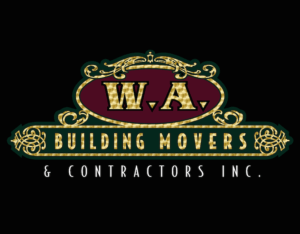
For more information about getting your house raised or any other aspect of construction, please visit our website at www.wabuildingmovers.com, e-mail at info@wabuildingmovers.com or call our office at 908-654-8227. We look forward to hearing from you.












